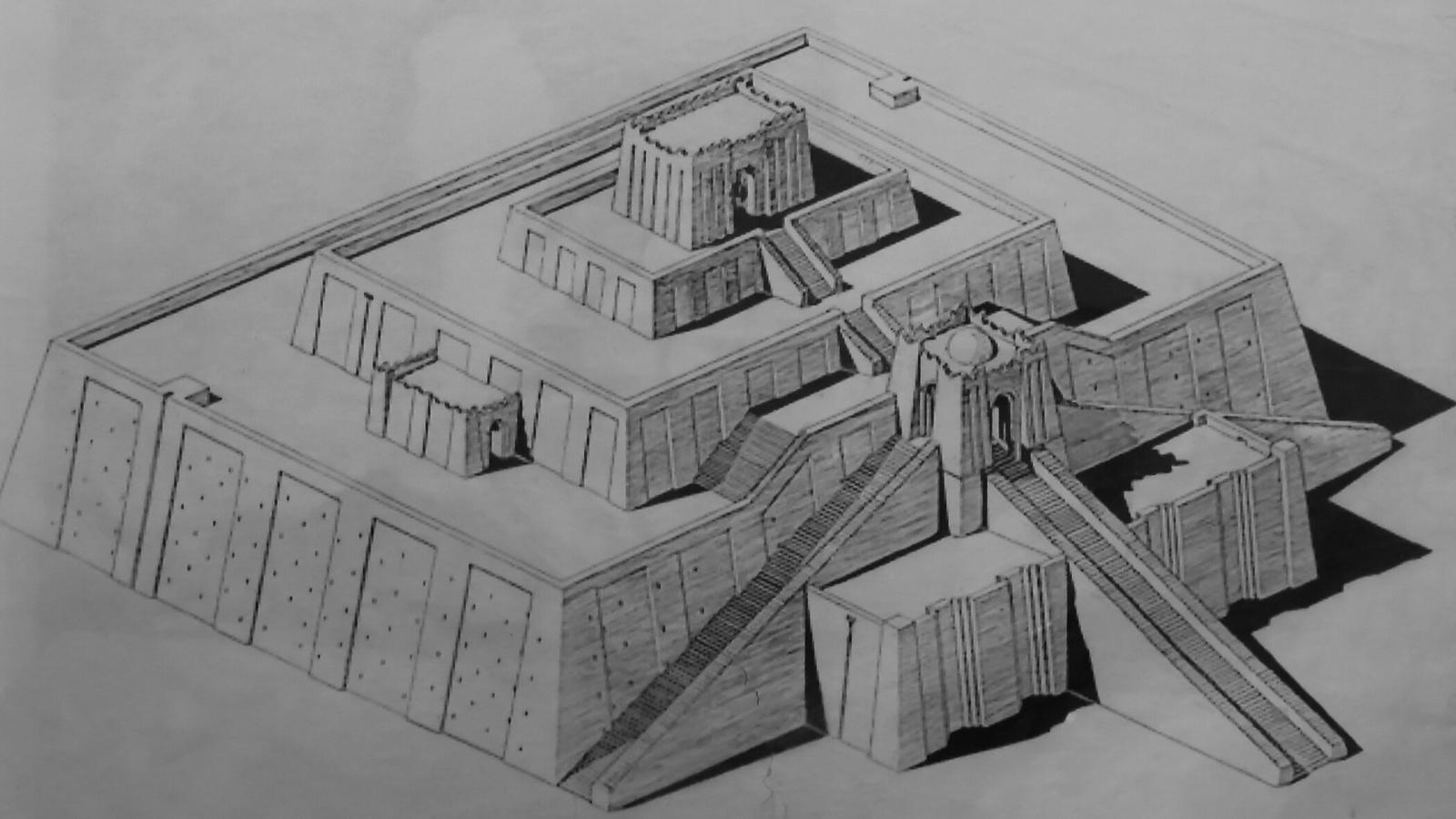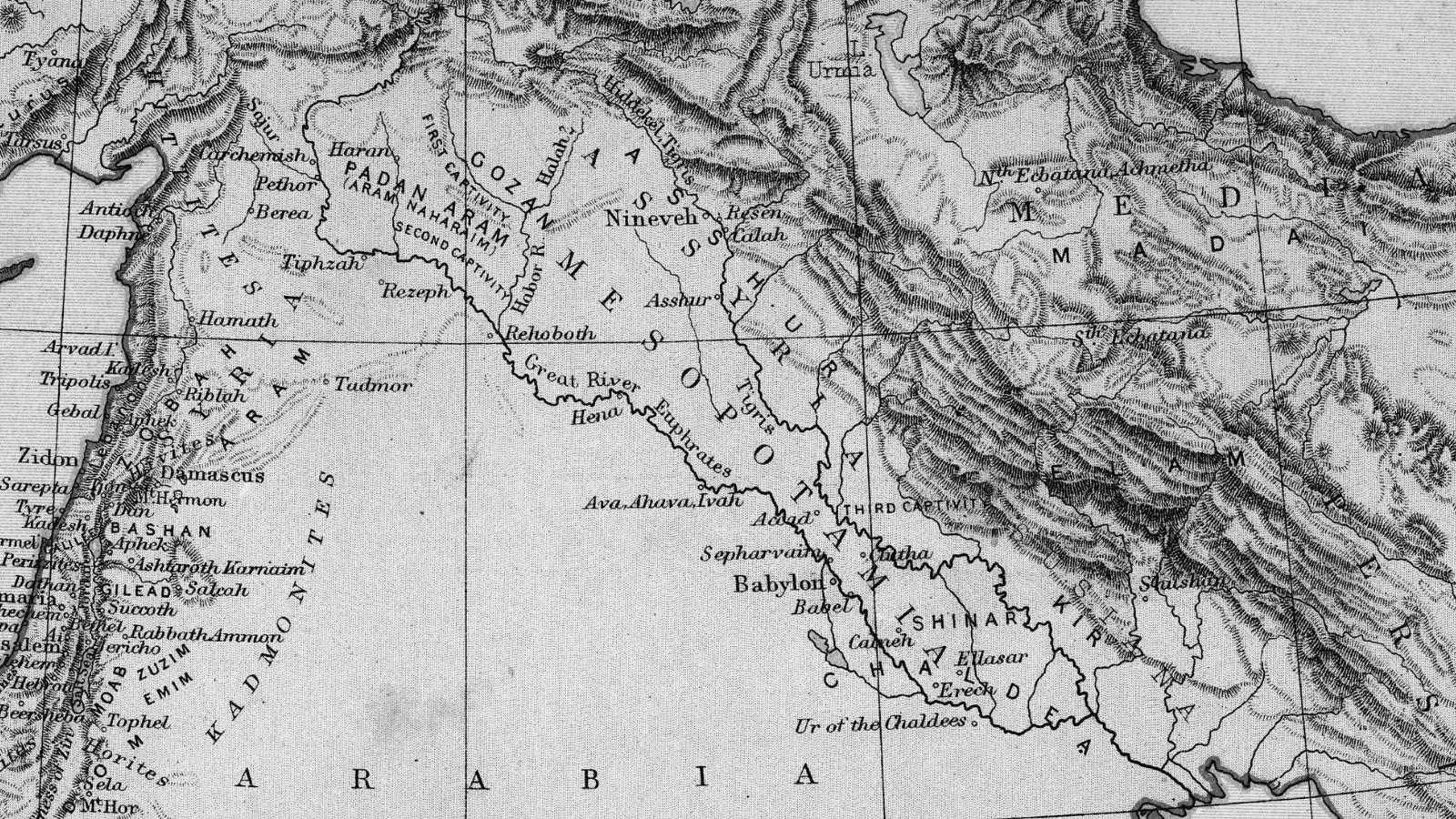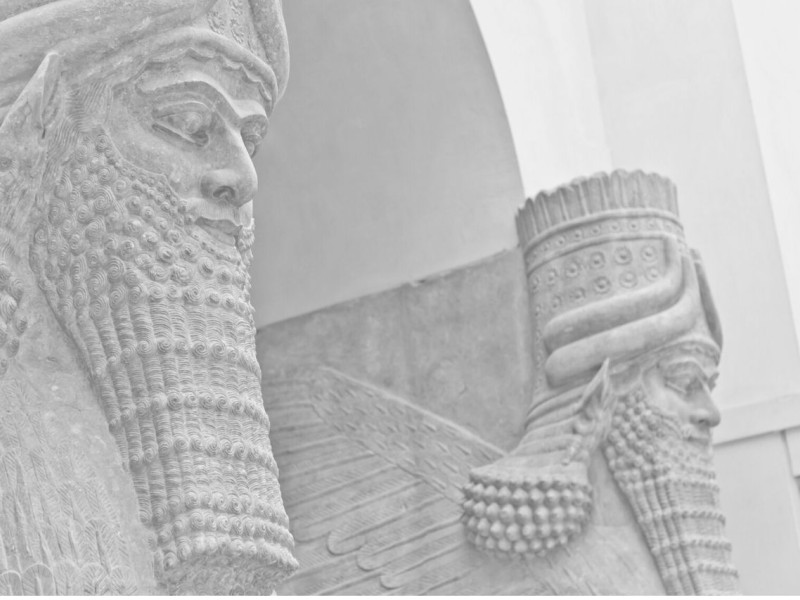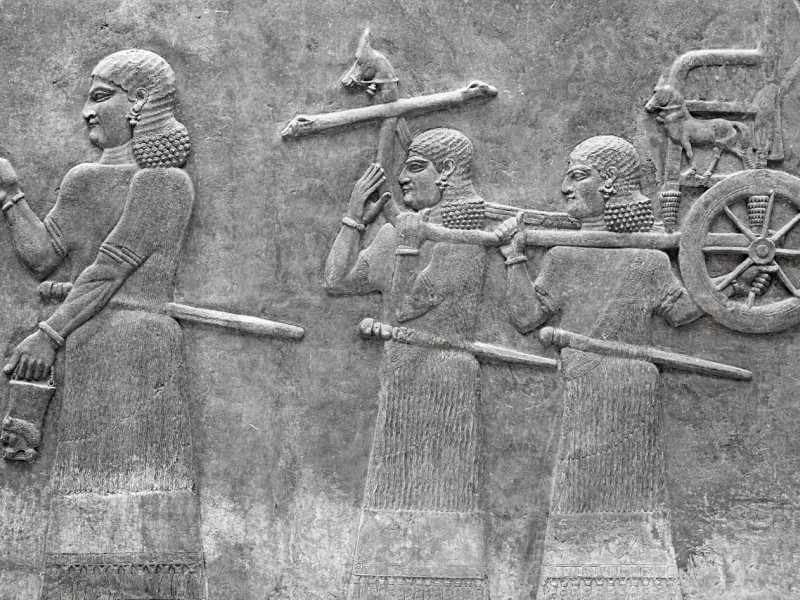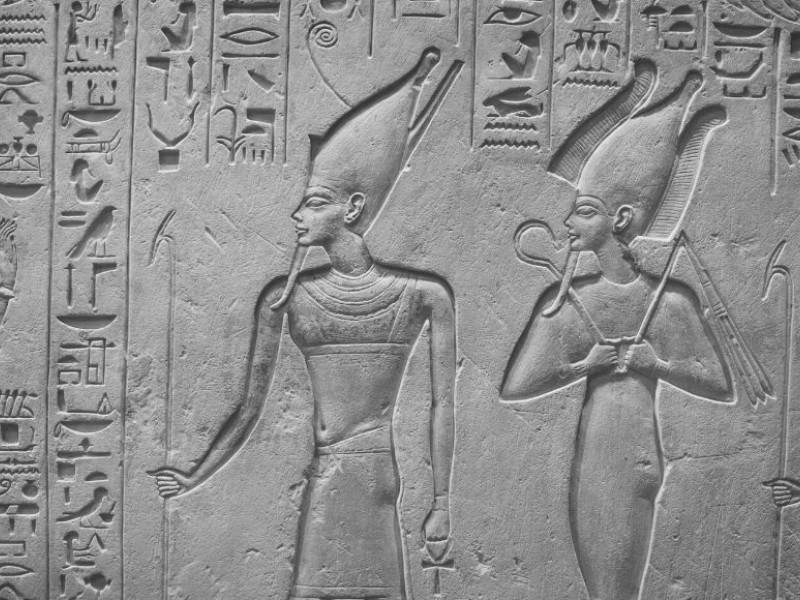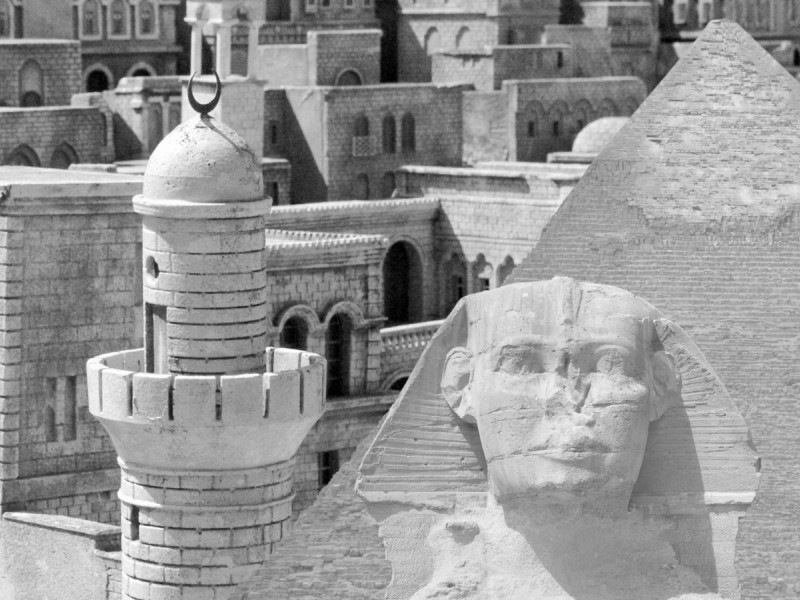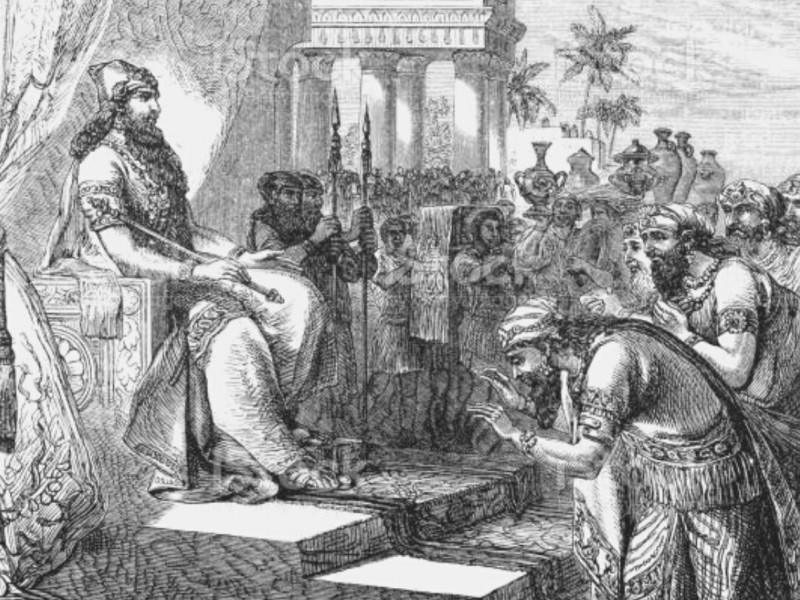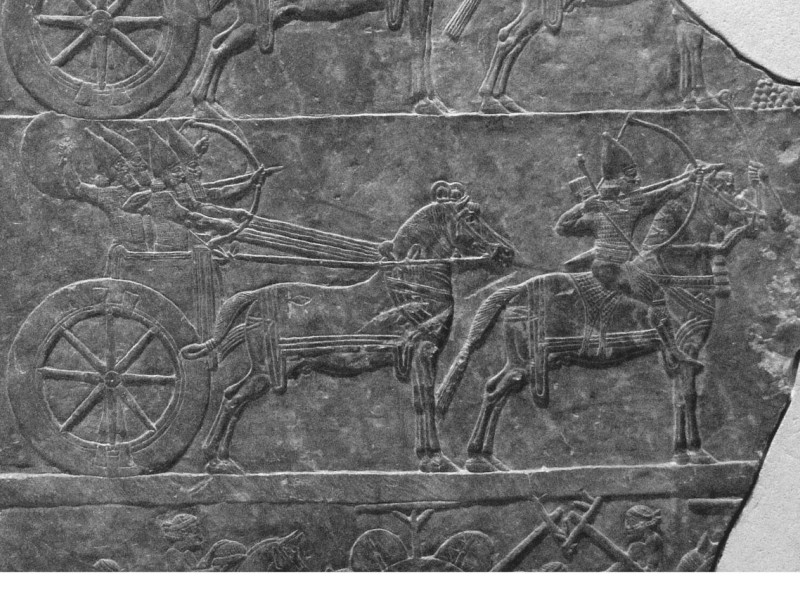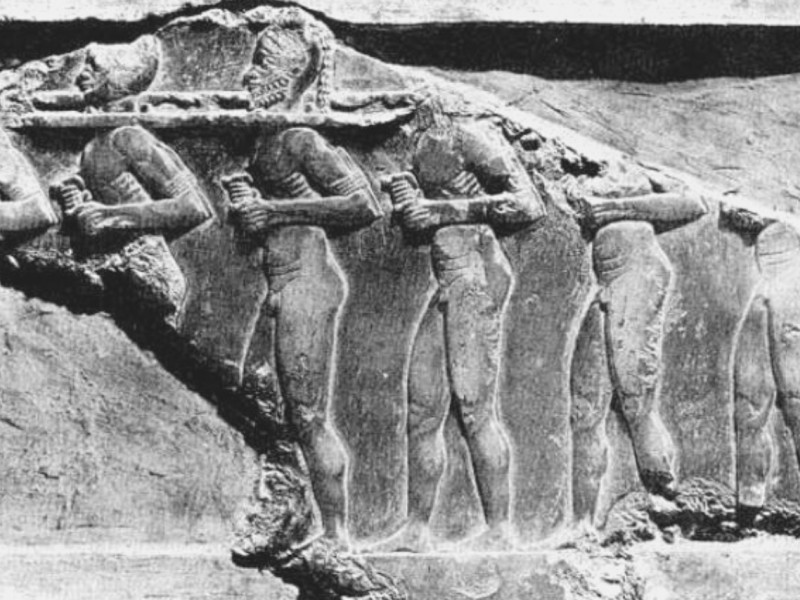What Type of Government Did Mesopotamia Have? An In-depth Look
Technically, the gods were the principal rulers in the ancient Mesopotamian government system, but what about who ruled on earth?
Kings ruled the region for most of Mesopotamian history, but they had many helping hands below them. This article will break down the Mesopotamian government structure and the various functions it served.
What Type of Government Did Mesopotamia Have?
The earliest government structure of Mesopotamia, city-states, came from Sumer. A city-state includes an independent city as the center of religious, economic, and administrative life and its territory. A council of elders and a high priest or priestess initially headed the government until, around 2900 BCE, a king-like figure called a lugal took the highest position in the city-state government.
The government structure of Mesopotamia developed over centuries, so over time, the more powerful Mesopotamian city-states began to conquer less powerful ones. The region evolved into a collection of territorial kingdoms by around 2000 BCE. Instead of one king for each city, powerful kings absorbed other cities into an empire.
Some scholars argue that ancient Mesopotamia was a sort of early democracy. The king was the highest authority below the gods, but under the king existed a hierarchy of priests and civil servants. Many people below the king had a degree of authority and made everyday life in Mesopotamia run smoothly, while priests and civil servants also counseled the king on some issues.
Even if you did not hold a government position, the average subject had the right to own property. The Mesopotamians believed in equal opportunity under the law and encouraged self-reliance. Their laws promoted upward social mobility; they believed that you could improve your status in society if you worked hard.
The Role of the King
The king sat at the top of the organized government in Mesopotamia. In Mesopotamian tradition, the king was the first point of contact with the gods. Though the king was not divine, the Mesopotamians believed that the gods chose the king and gave him the right to rule. Mythology documents the process of the gods’ transferring power to the king.
Starting with the Sumerian lugals, the king had the duty of managing civic affairs, including law and law enforcement, commerce, trade, and military command. The king also participated in certain religious rituals and often met with the priesthood for counsel.
Above all, however, the king’s main job was to bring the gods’ wills to earth and ensure order in society.
The Role of Religion in Mesopotamian Government
Religion was a critical part of Mesopotamia’s government structure. The Mesopotamians believed that everything on earth, including the government, was a gift from their gods. Humans were the gods’ servants on earth, so they worked hard to keep the gods happy to protect their society from chaos and disorder.
Everyone tried their best to avoid upsetting the gods, but the priesthood was essential in maintaining divine favor. The priests were responsible for the upkeep of the temples and shrines, providing the gods with offerings, and performing various rituals.
So what does this have to do with the government?
Today, many countries function under the separation of religion and state. In ancient Mesopotamia, you could not tell the government apart from religion. The Mesopotamians viewed the gods as all-powerful since they owned everything on earth and humans were just the caretakers of their property.
As a consequence, government administration blended with the priesthood’s many religious duties. The priests were also trained to read and write, making them some of the only people who could record administrative tasks.
The temple complex, dedicated to a city’s patron deity, was a capital complex for the government, and the priesthood would manage the land they oversaw, record transactions, and give offerings to the gods all in the same place.
Mesopotamia’s Social Hierarchy
Mesopotamian politics was heavily reliant on social status. As illustrated below, Mesopotamian society operated under what is known as a class system made up of three levels:
This description of the social structure comes from the Code of Hammurabi. The Mesopotamians believed in the ability to rise in status with hard work and self-reliance. In theory, these classes were not highly separated, but just as in society today, it was difficult to rise in rank.
A common way to rise in social status was marriage. If a lower-class member married a higher-class member, their children would belong to the higher of the two classes.
In contrast, it was very easy to fall in rank. As Mesopotamian society grew and developed, private property and wealth became more concentrated in the hands of the upper class. The enslaved population often remained enslaved to pay off family debts.
Political Power in Ancient Mesopotamia
The Mesopotamian political system was surprisingly similar to current politics. Typically, those who had power and wealth remained in power, but, unlike today, almost uncapped wealth and property belonged to the king and the priesthood.
As we discussed above, the Mesopotamians believed that all land belonged to the gods. Because the priests were servants to the gods, and the king was their representative on earth, they always owned the most land. They collected taxes from anyone profiting from the gods’ land and waterways, and the money collected primarily went right back into the temple complex.
It was challenging to collect wealth and property, but these things were crucial to having any political power or influence. Even though some scholars considered Mesopotamian government to be an early example of democracy, the average citizen could not influence or change society around them.
Those with the most political power controlled the most property and wealth, and those who held the most property and wealth continued to gain political power.
Justice and Law in Mesopotamian Society
The Mesopotamians lacked a legislature, a court system, law enforcement, and prisons. It may seem like the lack of institutions made society a little chaotic, but the Mesopotamians, above all, were obedient to the gods and their king. They feared divine retribution, so it was an important virtue to be law-abiding and humble to the state.
The king enacted laws by issuing decrees that reflected the will of the gods. Subjects were expected to follow the orders without question; however, conflict arose from time to time. Most of the time, a council of elders in a neighborhood or village served as judges to handle these kinds of disputes.
Ancient Mesopotamia did have judges but did not have juries. The two parties in the conflict each gave oral testimony to a judge, and they were allowed to present evidence. Judges then made the final decision in each dispute.
The Mesopotamians had higher courts for dealing with serious crimes like murder, with judges appointed by the king. Mesopotamian penalties for crimes seem severe and brutal compared to today’s standards. For example, in ancient Babylonia, a judge could sentence a person to death for stealing or receiving stolen property.
The Code of Hammurabi
Some of the oldest surviving law codes come from ancient Mesopotamia, with The Code of Hammurabi being the most famous of Mesopotamian law codes. The code, carved onto a sculpture called a stele, dates back to the 18th century BCE. As outlined in the preamble to the code, King of Babylon Hammurabi’s mission was to “make justice rise over the people like the sun and brighten the land with its light” (Bertman 68).
The codes covered everything from crime and punishment to property rights and economic regulations. One unique feature of the Code of Hammurabi is that penalties were determined by social class.
If a member of the lower classes commits a crime against someone in a class above them, they are given a heavier punishment than if they committed a crime against someone of the same status or lower than them. The law, then, reinforced the class system that was in place.
If a judge ordered someone to pay a fine, the fine’s amount depended on how much money the person had, so that a poor person would pay less in fines than a rich person. The Code of Hammurabi is also notorious for including harsh punishments, and this was where the principle of “an eye for an eye, a tooth for a tooth” came from.
Scholars have been analyzing the code for centuries now. The “eye for an eye” concept is definitely excessive on the surface, but some scholars of ancient Mesopotamia see these penalties as a way to deter people from committing crimes in the first place. It may also discourage victims from taking revenge on the person who committed a crime against them.
Summary of Mesopotamian Government
In conclusion, the type of government in Mesopotamia developed and evolved over many centuries.
Here are some key aspects of their ancient government and how it changed across the years:
Mesopotamian civilization began with city-states. Over many centuries, powerful city-states conquered other city-states, which were then considered to be empires. The three prominent Mesopotamian empires were Sumer, Babylon, and Assyria.
Priests and councils first ruled the city-states. Around 2900 BCE, lugals became the head of the city-state government, which eventually developed into kings. For most of Mesopotamian history, kings were the head of the government.
The Mesopotamians believed that the king was the gods’ representative on earth, and priests were their principal servants. The gods granted authority to the kings so that the king would carry out their wishes on earth.
Religion and government were inseparable in Mesopotamian government. Religious rituals and government administration were all performed by the priesthood.
Mesopotamia is known for having strict law codes that would be considered cruel today.
Mesopotamia provided an early blueprint for organized government. Although clearly imperfect, we can recognize Mesopotamian rules and morals in legal, ethical, and political works throughout the ages.
